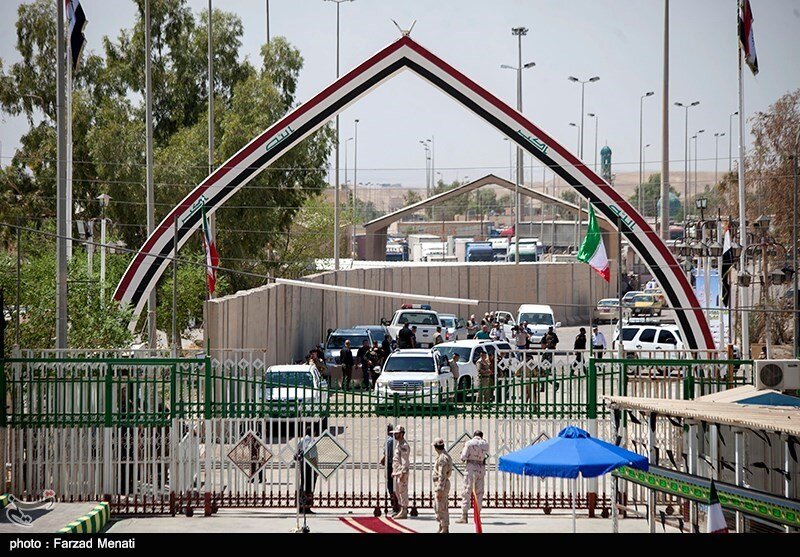Iran plans to expand tourism ties with Iraq

TEHRAN – On Monday, Mohammad Hossein Soufi, the director of the Touring and Automobile Club of the Islamic Republic of Iran, and Mohammad Kazem Al-e Sadeq, the Iranian ambassador to Baghdad, discussed ways to expand tourism relations with Iraq.
Soufi said that creating the necessary facilities, such as issuing international driver’s licenses, handling customs matters, and issuing transit license plates, is one way to create prosperity in the tourism industry.
As the biggest and most important task of the touring and automobile club, it aims to improve these facilities, especially for neighboring countries sharing borderlines with Iran, such as Iraq, he added.
As Iraq is one of the countries with the highest demand for car travel to Iran, there is a need for joint cooperation between the related organizations in order to remove existing obstacles and facilitate the movement of cars and other land vehicles, he noted.
For his part, Al-e Sadeq said that currently, many tourists are traveling to Iran for pilgrimage and for medical treatments, including those from neighboring countries and Iraq, because Iran is cheaper economically, has a shorter travel route, and there are significant shrines there.
In order to earn more revenue and credit in this area, there is a need to develop more targeted and coordinated plans and programs, he noted.
Back in January, Mehr reported that some 1.47m foreign nationals visited Iran from the beginning of the last Iranian calendar year (March 21, 2021) to January 1, a span most of which was subject to severe travel bans due to coronavirus.
Of the number, 635, 862 foreign nationals arrived in Iran as of mid-October when the Islamic Republic started issuance of tourist visas after a 20-month hiatus, the report added.
Citizens from Iraq and Afghanistan were the main source of tourism for Iran from October 23 to December 22, 2021.
Over the past couple of years, neighboring Iraq has been one of Iran’s most important markets for tourism and pilgrimage. In January, the deputy tourism chief Ali-Asghar Shalbafian announced that Iran had renewed arrangements to facilitate travels for Iraqi nationals. “For Iraqi tourists visiting Iran, a new system has been implemented to ensure their safety and comfort.”
In 2021, the two neighbors agreed to abolish visa requirements for air travelers.
The announcement came after President Ebrahim Raisi and Iraqi Prime Minister Mustafa al-Kadhimi met in Tehran, discussing various issues including visa waiver, a joint railway project, and increasing the level of trade.
Before the coronavirus pandemic, Iraqi constituted Iran’s largest source of tourists. In return, hundreds of thousands of Iranian pilgrims head for the holy Iraqi cities of Najaf and Karbala each year to attend the Arbaeen pilgrimage, aka the Arbaeen trek, to mark an end to the 40-day mourning period following the martyrdom of Imam Hussein (AS), the grandson of Prophet Muhammad (PBUH).
Iran is potentially a booming destination for travelers seeking cultural attractions, breathtaking sceneries, and numerous UNESCO-registered sites. Under the 2025 Tourism Vision Plan, Iran aims to increase the number of tourist arrivals from 4.8 million in 2014 to 20 million in 2025.
ABU/MG
Leave a Comment